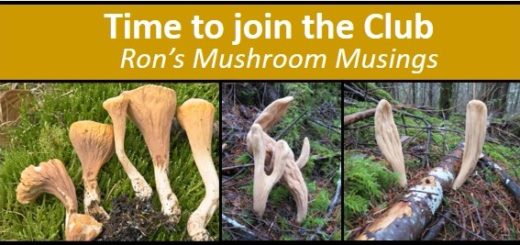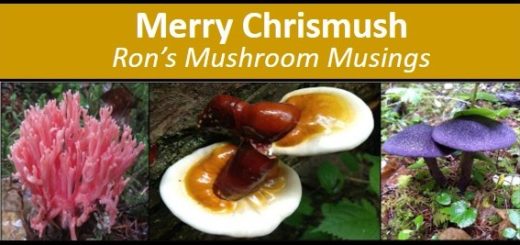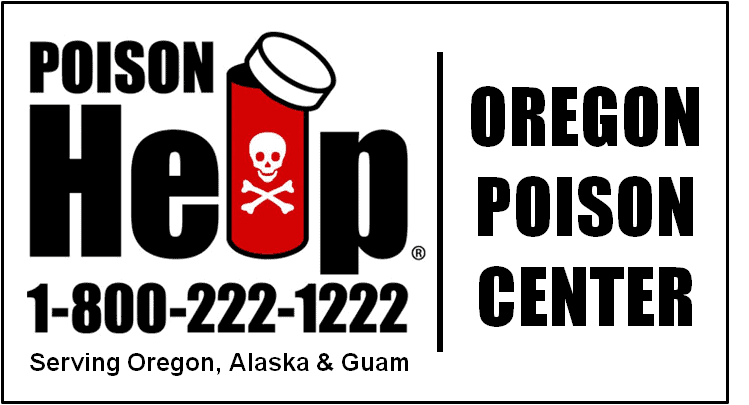Winterizing Gardens While Encourage Mushroom Growth
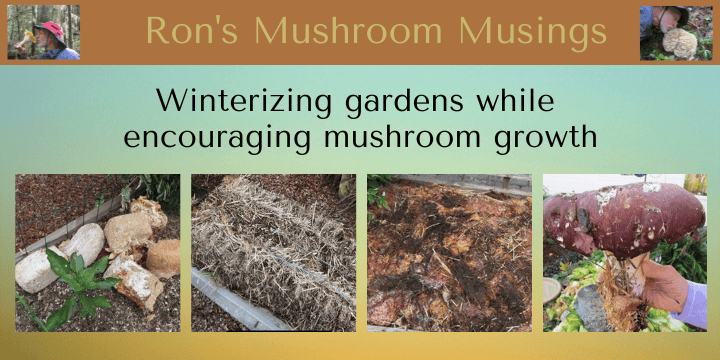

Every fall Sandy and I start removing vegetable plants from our raised garden beds that have run their course or have been damaged by cold temperatures. We’ve also encountered years where an early hard freeze forced us to harvest whatever edibles were left on our plants. And sadly, I must confess that some years I’ve ended the season simply due to gardening exhaustion and a desire to focus on all things mushrooms. Regardless of what circumstances signaled the end of gardening season, the final step in the process of shutting down our garden beds is to winterize them by adding a topdressing. It’s a fairly simple process of using materials like leaves, wood chips, compost, and/or chopped straw and layering them on top of your garden soil. Being dedicated organic gardeners, when winterizing we strive to only use natural materials when topdressing our beds. As gardeners know, topdressing adds a protective layer to your garden while giving microbes and worms material to break down in time for spring planting. The end result is a greatly improved soil structure and added fertility for your spring planting. Some studies have shown that it’s actually more beneficial to add organic matter to your gardens in the fall than waiting for spring to apply them.
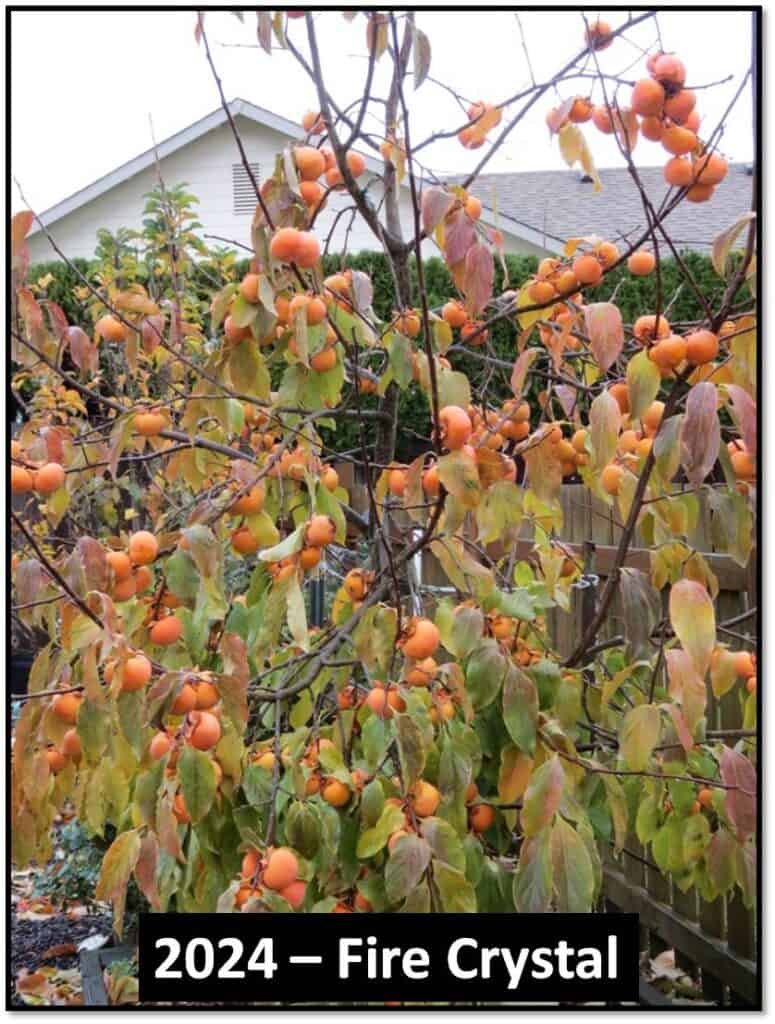
During this year’s end of gardening season we once again engaged in applying a topdressing, except this time our focus was more toward feeding fungi. Our motivation in changing our recipe was based on an experiment we conducted several years earlier. In the spring of 2022, we built a substrate of chopped bedding straw and wood chips around our Fire Crystal persimmon tree. We then inoculated that substrate with chunks of Wine Cap (Stropharia rugoso-annulata) spawn. Unlike our more productive Nikita’s Gift and Fuyu persimmon trees, our Fire Crystal was growing at a normal pace but had a bad habit of dropping all its fruit by the middle of summer. It only took one year after Wine Cap inoculation to see a major change in the tree’s behavior. It not only held its fruit but produced more than 100 persimmons in 2023. This year it was loaded from top to bottom with fruit, setting over 200 persimmons. Subsequently, our current line of thinking is, if building and inoculating a substrate around a persimmon tree made such an improvement, why not try it in our garden beds. This new approach to topdressing is based on the highly technical theory of “what’s good for the goose is good for the gander”. Or hopefully, what’s good for the persimmon tree is also good for our garden plants. Only time will tell.

For our new and improved garden bed topdressing experiment we chose to use three substrate ingredients; oak wood pellets, brewer’s spent grain, and straw. The oak wood pellets are those generally used to smoke fish and meat and can be found at local farm stores. Alder and maple pellets can also be used if oak is unavailable. Unfortunately, our more typically cultivated saprobic fungi are not very fond of the more available aromatic wood pellets like mesquite or hickory. There is no need to presoak the pellets before using them as our rains will rehydrate them for you. It’s also much easier to apply dry pellets to your garden than dealing with wet mushy pellets. Bales of straw are also readily available at farm stores and some garden centers. Just make certain your straw was not sprayed with a roundup type product or other chemicals. Chopped bedding straw or straw used for small pets like hamsters or other domesticated rodents are known to be safe.
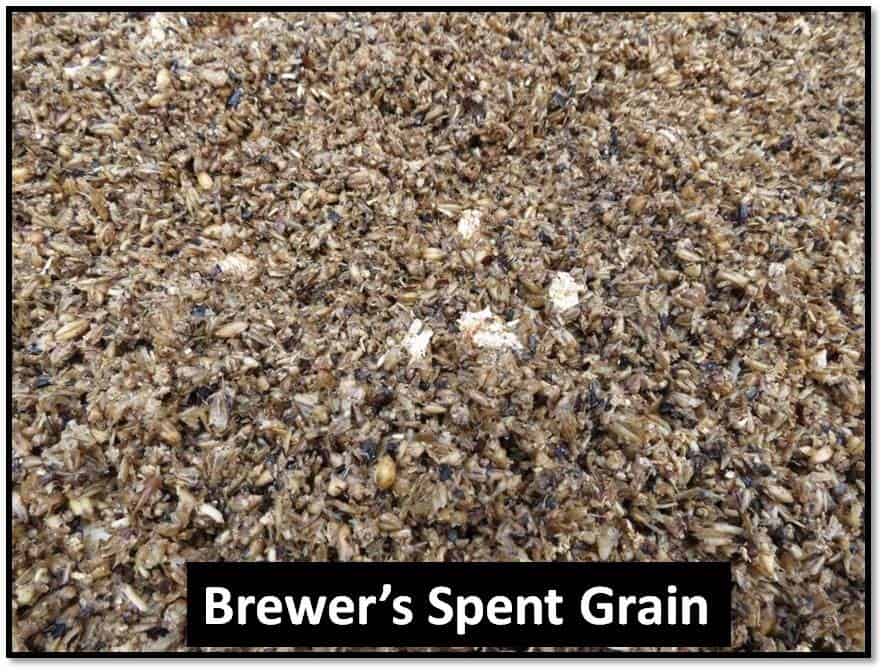
The most difficult ingredient to acquire is the Brewer’s Spent Grain (BSG). Unfortunately, it is also one of the more beneficial of the group. Although the brewing process extracts the sugars from the grain, it is still left with proteins and cellulose among other beneficial elements. The fungi feed primarily on the cellulose making BSG a very useful growing medium. The grain has also been pasteurized during the brewing process so additional processing is unnecessary. Fresh BSG can still be quite hot so let it cool down prior to using it on your garden beds. However, BSG is also highly prized by many other, not so desirable microbes like bacteria and other greedy fungi. It is best to acquire your BSG when you intend to use it in topdressing your garden beds (raised beds or furrowed ones). Finding a generous brewer willing to give up some of their BSG can be difficult. I have found that many breweries already contract with dairy farms, ranchers, and other groups that use it as livestock feed. Otherwise, you can also purchase raw grain seeds from brewing supply stores like Home Fermented. You will need to pasteurize the grain first, otherwise you’ll produce a nice crop of rye, wheat or whatever grain seeds you put into your garden.
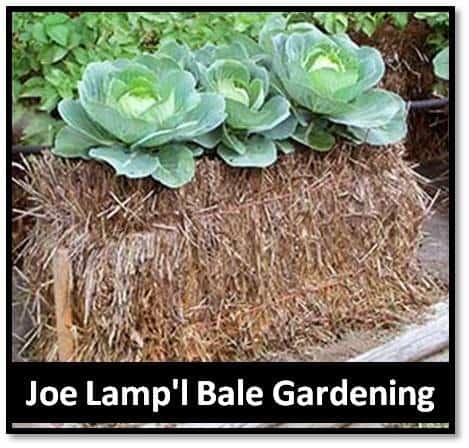
For the fungal part of this topdressing recipe, you’ll need several blocks of mushroom spawn and/or previously inoculated straw or other material. How many spawn blocks you’ll need or how much inoculated material will certainly depend on how large your garden area is. We used several spent mushroom blocks as well as a Wine Cap mushroom inoculated straw bale for our raised garden beds. We had originally purchased the straw bale to grow vegetables on after attending a Straw Bale Gardening presentation given by Joel Karsten at the March 2024 Lane County Home & Garden Show. The general idea is to sprinkle high nitrogen fertilizer on top of the straw and a month later the surface will have broken down enough to plant in. To help the breaking down process, we also shoved chunks of Wine Cap spawn underneath the straw bale. Essentially attacking the bale from both the top and bottom. Unfortunately, due to Eugene’s cool spring weather, the straw surface never softened enough to plant in. However, by the fall, the Wine Cap mycelium had fully enveloped the straw bale and actually started fruiting. While no veggies were ever grown on it, we now had a fully inoculated straw bale that we could use as part of our topdressing. Making a fully inoculated straw bale was quite easy and the process is simple to duplicate.
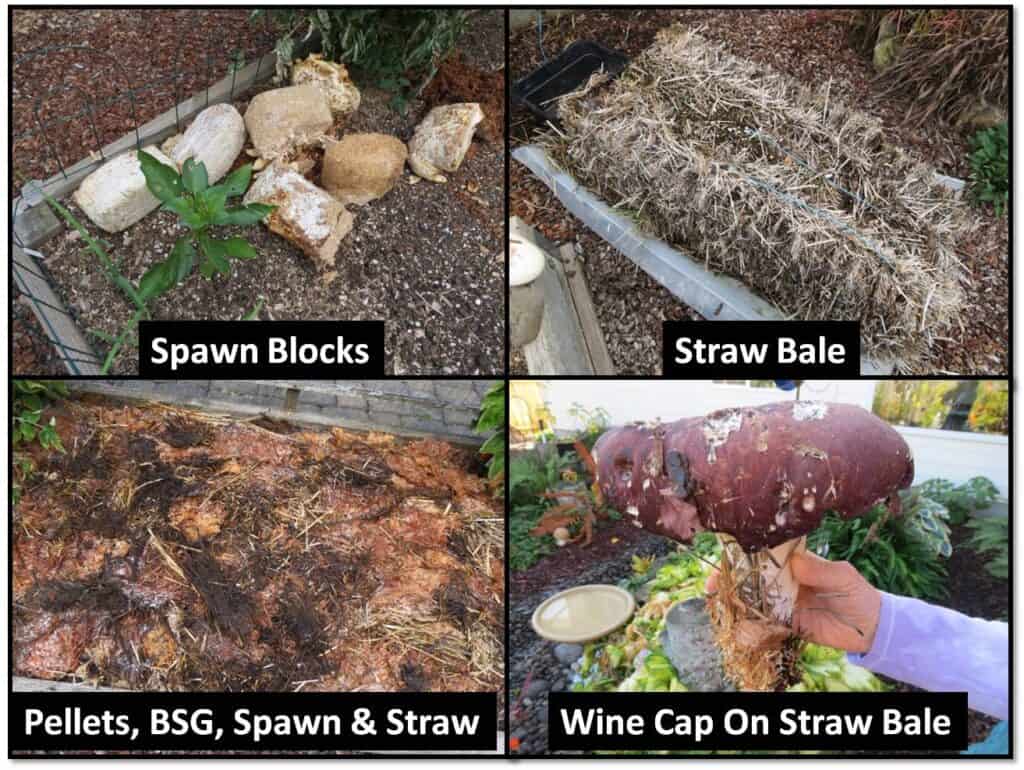
As for the layering process, we first sprinkled a thin layer of oak wood pellets on each of our raised garden beds. Next, we placed some of the BSG on top of the pellets. The spent mushroom blocks we had were broken into pieces and added as the next layer. Lastly, we stripped thin layers of inoculated straw off our bale and placed them on top to cap off our fungally delicious topdressing. Don’t despair if all these ingredients are impossible to find. Another option for topdressing you garden is to just us a combination of oak wood pellets and chopped bedding straw. If you pass up the inoculation part of topdressing your garden don’t worry, as they said in the movie “Field Of Dreams”, if you build it, they will come. Just don’t expect Kevin Costner to show up in your garden. Based on our past experience, it is very difficult for most saprotrophic fungi to pass up a topdressing meal of most any kind of cellulosic material. In addition, the worms along with billions of microbes will start breaking down your topdressing right away. As an experiment, just use a topdressing on part of your garden or select just one raised garden bed to test on. Experimentation is always fun and you might just hit on a winning formula of your own. In the future, if you want to try cultivating Wine Cap spawn for topdressing, you have many easy to obtain substrate materials you can use, including cardboard.
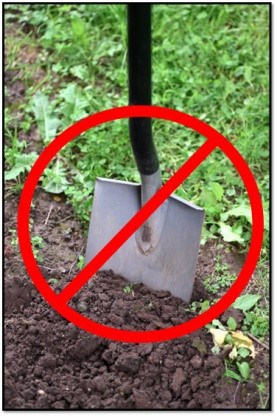
In the spring, do not till or dig the topdressing into the soil as it will greatly disrupt the new surface substrate you’ve created. Just make your planting holes and/or trenches needed to make space for your seeds and plants. No till and minimal soil disturbance produces the best results. And, don’t be surprised if mushrooms start fruiting from your garden beds.
As a final note, I spoke with Paul Litty of GetFungi, who is willing to make free spent mushroom blocks available for anyone who wants them. Only one mushroom crop has been harvested from these blocks and the mycelium is still very active. You can try and make arrangements with Paul at the Lane County Farmers Market on 8th, call or text Paul at (541) 288-0491. GetFungi has an outdoor booth at the market on Saturdays and Tuesdays.
Take care and don’t forget to enjoy Oregon’s great forests, parks, and scenic byways.
Ron


